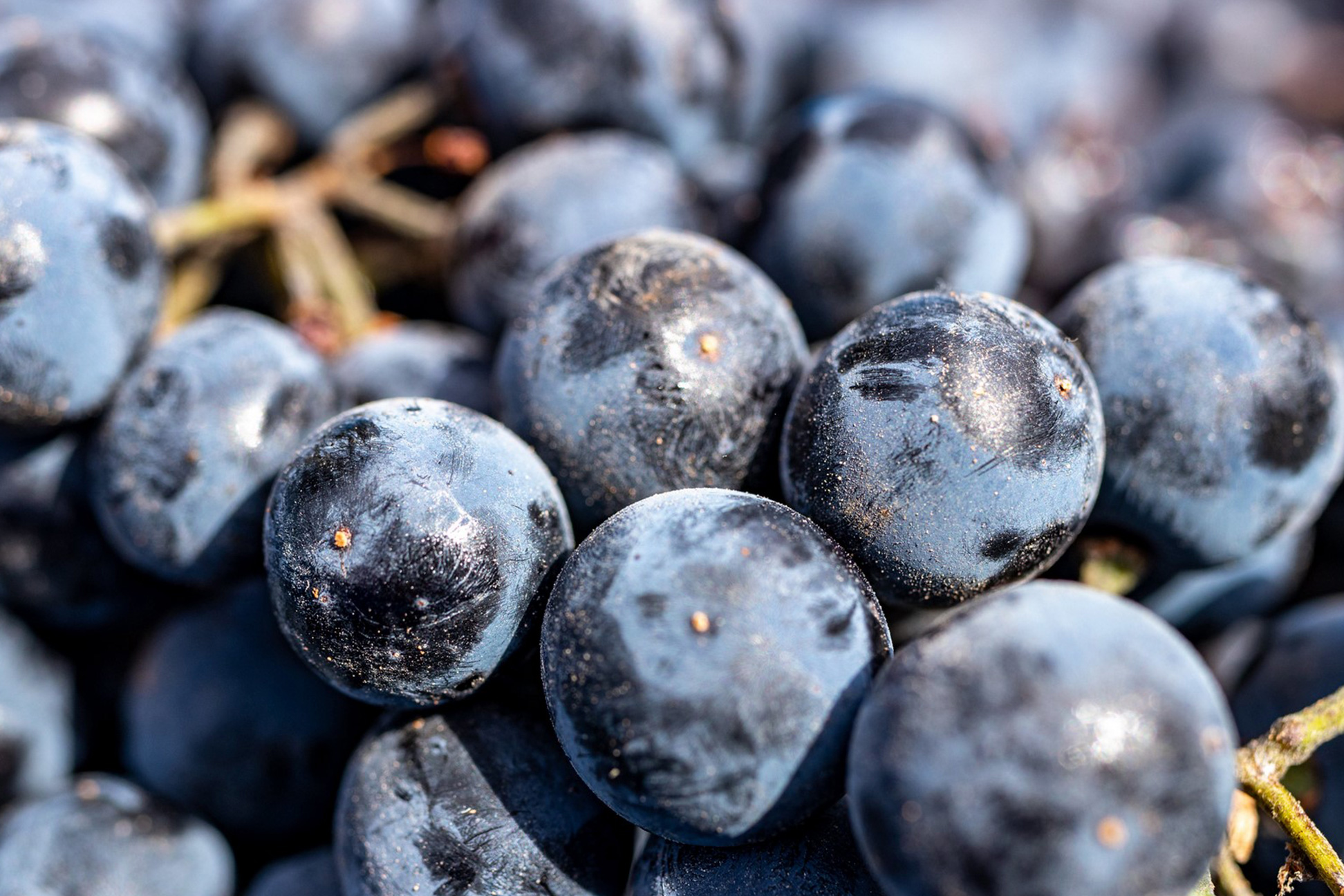Statistics:

DOP Jumilla lays on the south-east of Spain, covering a large area on the north-east of the Region of Murcia and the south-east of the province of Albacete. It is a rural area where the vineyards spread along a high plateau surrounded by mountains.

THE MONASTRELL VARIETY
We can find Monastrell in almost all municipalities of Murcia. However, it is in Jumilla where its high concentration stands out. In Castilla-La Mancha it can be found it 64 different municipalities, with the most important ones being Fuente Alamo and Montealegre del Castillo, followed by Tobarra and Hellin. All of them located in the province of Albacete, which represents 93.9% of the hectares dedicated to Monastrell vineyards.
The Monastrell variety is characterized by a long cycle, which makes it ideal for this territory. This feature brings a distinct character, supporting with it the definition “terroir” so much valued by the specialized critics.
“Talking about Monastrell means talking about a variety which is being rediscovered thanks to the work of vine growers and wineries working within DOP Jumilla”

Joaquín Parra, Wine Up! wine guide Author

A privileged zone

The character of Jumilla wines is determined by the concept of “terroir”, that is, the combination of grape variety, soil composition, orientation, climate and human labor. This characteristic differentiates them from those produced in other regions, highlighting a clear varietal character linked to the area.


DOP Jumilla lays on the south-east of Spain, covering a large area on the north-east of the Region of Murcia and the south-east of the province of Albacete. It is a rural area where the vineyards spread along a high plateau surrounded by mountains.
Its soil is mostly brown, dark-chalky and chalky. It is generally capable of retaining large amounts of moisture and it features high permeability. Two qualities that allow the vineyards to survive prolonged drought periods. This soil is poor in organic matter, whose structure does not allow the transmission of phylloxera. It features high pH, low salinity, loamy and sandy-loam textures, favoring transpiration. DOP Jumilla vineyards are located in an altitude range between 400 and 800 meters above sea level.
History
The Romans already commercialized wine made in Jumilla. However, some testimonies and archaeological findings place the beginning of wine production in this region much further in time. The beginning of this history is placed by experts between 5000 and 3000 years b.C.




